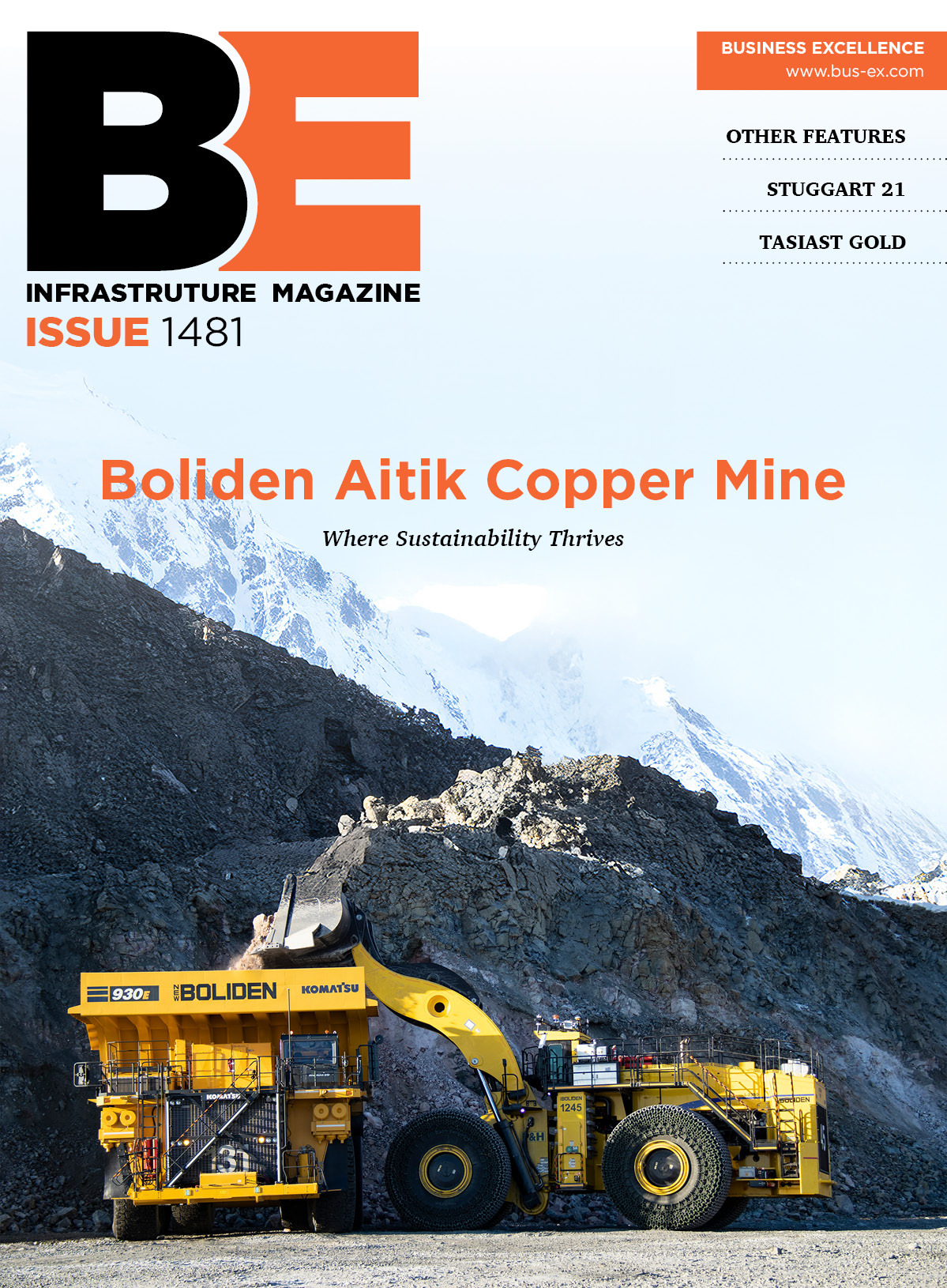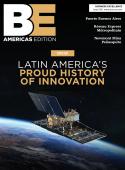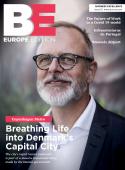Building a community assetThe Virginia B. Fairbanks Art & Nature Park may not be one of the biggest projects that GDH, a division of the Hagerman Group, has ever built, but it has brought its share of special challenges and opportunities, as Keith Regan learns from Kent Forman. The Hagerman Group is marking its 100th year in business this year . . . . . . and the companyÔÇÖs reputation as a major builder of higher educational, sports, commercial and institutional projects is well established across the Midwest. Over the decades, Hagerman has built its share of high-profile projects that stand out as the jewels in its portfolio, from the Indianapolis Zoo to Lincoln Tower in Fort Wayne, Indiana; from the Jordan Hall of Science on the Notre Dame campus to Victory Field, home of IndianapolisÔÇÖs minor league baseball franchise. The companyÔÇÖs safety focus has helped it compete for commercial work from some of the MidwestÔÇÖs largest corporations as well. The Hagerman Group operates through Hagerman Construction; a concrete and masonry contractor; Hagerman Inc., which handles projects as a general contractor; and GDH, which handles various construction management roles. A current project on GDHÔÇÖs roster stands out, not because itÔÇÖs among the largest or the most complicated, but because it stands to help transform part of downtown Indianapolis from a forgotten stretch of vacant land into a unique art and nature park. ÔÇ£ItÔÇÖs kind of a lost area of the city,ÔÇØ says Kent Forman, senior project manager at GDH. ÔÇ£There are some trails already, but no one really knows about it. The idea is to go in and refine this beautiful park and also to tie it in with the art.ÔÇØGDH has been chosen as construction manager for the 100-acre Virginia B. Fairbanks Art & Nature Park, a project that the Indianapolis Museum of Art (IMA) planned to break ground on in mid-September 2008 for an opening date in the fall of 2009. The project is unique for Hagerman because it brings the construction company, which is accustomed to dealing with designers and architects, into contact with a more artistic design ideal, says Forman, who has worked with GDH for 18 years. Among the work Hagerman will complete at the park is the visitorsÔÇÖ center, designed by architect Marlon Blackwell out of Fayetteville, Arkansas. The project is ÔÇ£not a big-dollar item compared to some of our work, but it has its own special challenges and rewards,ÔÇØ Forman says. ÔÇ£IÔÇÖm an engineer myself, and weÔÇÖre all used to dealing with other engineers and designers, but in this case weÔÇÖre dealing with very visionary people who think on a different plateau than the usual architect or engineer.ÔÇØPart of HagermanÔÇÖs role since it got involved with the project in 2006ÔÇöwhen the long-discussed project still didnÔÇÖt have a certain budgetÔÇöhas been to help translate those visions into what can actually be built on the ground. Final design work was being translated into construction documents as the summer of 2008 came to a close. The challenge has been lessened by strong communications and collaboration among the various members of the team, Forman adds. The Art & Nature Park will transform 100 acres of mostly unused space that abuts the IMA, land that is mainly situated between the White River on one side and a canal used by the local water utility on the other. Art installations have been commissioned from eight artists already, and all the artwork will be site-specific and temporary, with each artist drawing inspiration from the unique landscape of the Park. The visitorsÔÇÖ center was designed by Blackwell to evoke the natural surroundings by basing its design on the structure of a leaf that might be found on the surrounding property, with the steel structure modeled after the skeleton foundations of a leaf. On top of that skeleton will be laid decking made of ipe wood, a Brazilian hardwood that is more durable than other species and can stand up to weather exposure without being chemically treated because it contains its own natural oils. ÔÇ£It creates some construction challenges,ÔÇØ Forman says. For instance, because the wood is so dense, crews go through more drill bits and saw blades than they would working with other materials. GDH has worked with the material in the past, overseeing construction of a decking and trellis system at White River Gardens and Conservatory in Indianapolis that also incorporated ipe. Forman notes that though it is sourced from Brazil, sources must comply with Forest Stewardship Council (FSC) requirements for harvesting. ÔÇ£People hear it comes from the rainforests of Brazil and they get an image of what that means, but the material is grown in a way that is actually very sustainable.ÔÇØ The visitorsÔÇÖ center will be built to the US Green Building CouncilÔÇÖs LEED standards, likely seeking Silver-level certification. Low-water fixtures will be used in the restrooms, and the building will be heated and cooled with geothermal energy. The structure will also be largely open to daylight, with the idea to give people even inside the buildingÔÇöwhere interpretive exhibits will be housed and lectures and classes heldÔÇöthe feeling that they are already in the nature park. Other construction elements to the project include an interurban pedestrian bridge crossing that will incorporate old concrete bridge abutments from a railroad crossing into the design and Journeyways designed by The Landscape Studio out of Hattiesburg, Mississippi. The work will all be done with an eye toward creating minimal disturbance of the landscape. Large fallen trees that must be moved to make room for construction work will later be placed back in their original locations, for instance. With a $6.5 million price tag, the park work is a relatively small project for GDH, which does more than $100 million worth of work each year, but the rewards of creating a new public amenity and connecting art and nature have motivated all involved, Forman says. ÔÇ£WeÔÇÖve got a team from many different worlds, from art to architecture and landscape design, but weÔÇÖve all been able to communicate and work together to make the project happen.ÔÇØ ┬á









